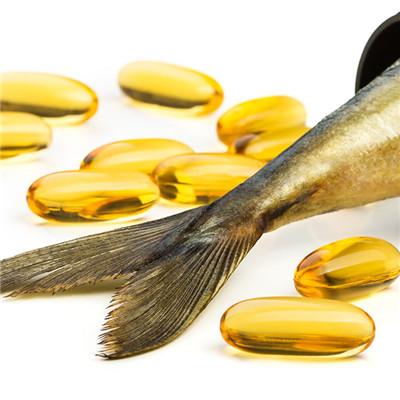What does the symptom of violet nephritis have
summary
Henoch Schonlein purpura nephritis refers to renal damage caused by Henoch Schonlein purpura. In addition to skin purpura, joint swelling and pain, abdominal pain and bloody stool, the main clinical manifestations are hematuria and proteinuria, which mostly occur within one month after skin purpura. If there is too much protein loss, nephrotic syndrome can also appear. If hematuria and proteinuria persist for a long time, it can also be accompanied by renal dysfunction, Finally, it leads to chronic renal failure. Therefore, a comprehensive understanding of the symptoms of Henoch Schonlein purpura nephritis, early detection and treatment of the disease, to ensure their own quality of life is necessary! What does the symptom of purple nephritis have to tell everybody.
What does the symptom of violet nephritis have
Hematuria. The most common clinical manifestation of renal involvement is gross hematuria or microscopic hematuria, which appears continuously or intermittently. Gross hematuria is more common in children than in adults, and aggravates after infection or purpura attack. Most cases are accompanied with varying degrees of proteinuria. Hematuria is mostly caused by nephritis, occasionally due to bleeding on the surface of ureter, bladder or urethral mucosa.
proteinuria. Most cases have different degrees of proteinuria. Most of the proteinuria is moderate, and the quantity is less than 2G / D. It is not necessarily proportional to the severity of hematuria. The decrease of serum protein level is more obvious than that of proteinuria. The reason may be that protein can leak out from other parts, such as gastrointestinal tract and subcutaneous tissue, in addition to the leakage through the kidney. Some cases may have a range of proteinuria.
rash. Rash is a typical symptom of purpura nephritis! Purpura is usually the first manifestation at the onset of the disease. Purpura is different in size, higher than the skin surface, purplish red, and does not fade when pressed. It is more common in the extension of the limbs and buttocks, especially in the lower limbs, ankles, knees and other joints. It appears symmetrically in batches and is easy to recur.
matters needing attention
Generally, the early stage of Henoch Schonlein purpura nephritis is mild, but in the middle and late stage, it turns into renal insufficiency, or even late renal failure and uremia, so Henoch Schonlein purpura nephritis will be life-threatening. Therefore, it is necessary to fully understand the symptoms of Henoch Schonlein purpura nephritis and take preventive measures as soon as possible!











